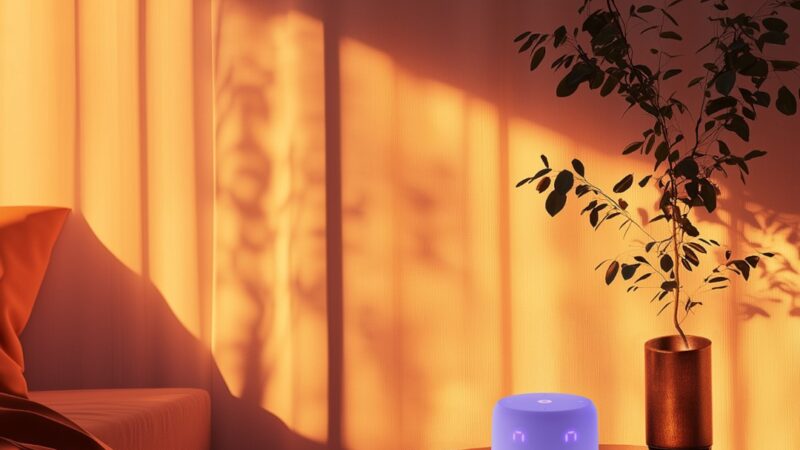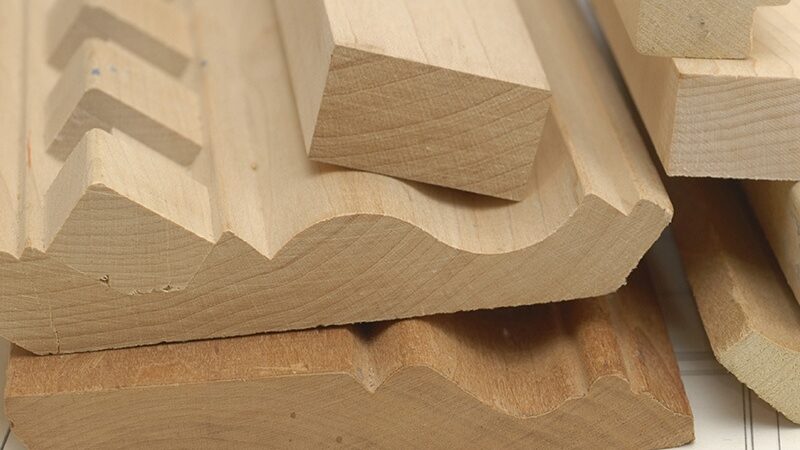Linen Fabric Trends Every Private Label Should Know
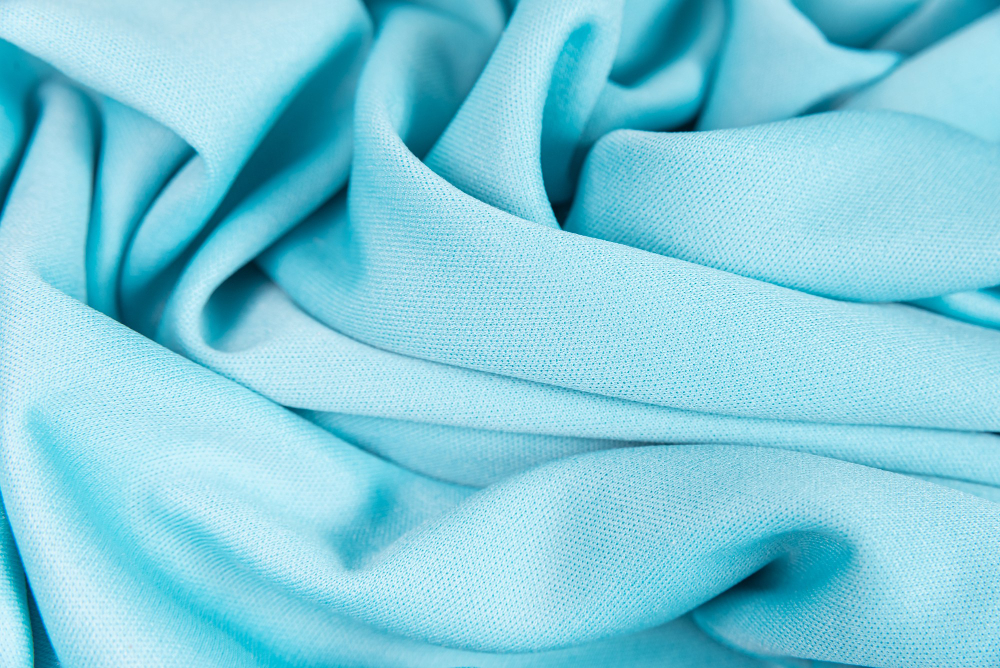
The fashion industry has witnessed a significant shift toward natural fibers, with linen fabric leading the charge. Private label brands are increasingly incorporating linen fabric into their collections due to its breathability, durability, and sustainable qualities. Understanding current linen fabric trends helps fashion businesses make informed decisions about their product lines and stay competitive in the market.
This comprehensive guide covers the top five linen fabric trends that private label brands should monitor closely. From sustainable production methods to innovative fabric blends, these trends shape consumer preferences and market demand.
Trend 1: Sustainable and Eco-Friendly Linen
Sustainability drives the modern fashion industry, and linen fabric perfectly aligns with this movement. Consumers actively seek brands that prioritize environmental responsibility, making sustainable linen a key trend for private labels.
Organic linen production uses fewer pesticides and chemicals compared to conventional methods. The flax plant requires minimal water to grow, making it an environmentally conscious choice. Private label brands can capitalize on this trend by sourcing certified organic linen from suppliers who maintain transparent supply chains.
When you buy fabric online, look for certifications like OEKO-TEX Standard 100 or GOTS (Global Organic Textile Standard). These certifications ensure the linen fabric meets strict environmental and social criteria throughout the production process.
Sustainable linen appeals to environmentally conscious consumers willing to pay premium prices for responsibly made products. Private labels should communicate their sustainability efforts clearly through product descriptions and marketing materials.
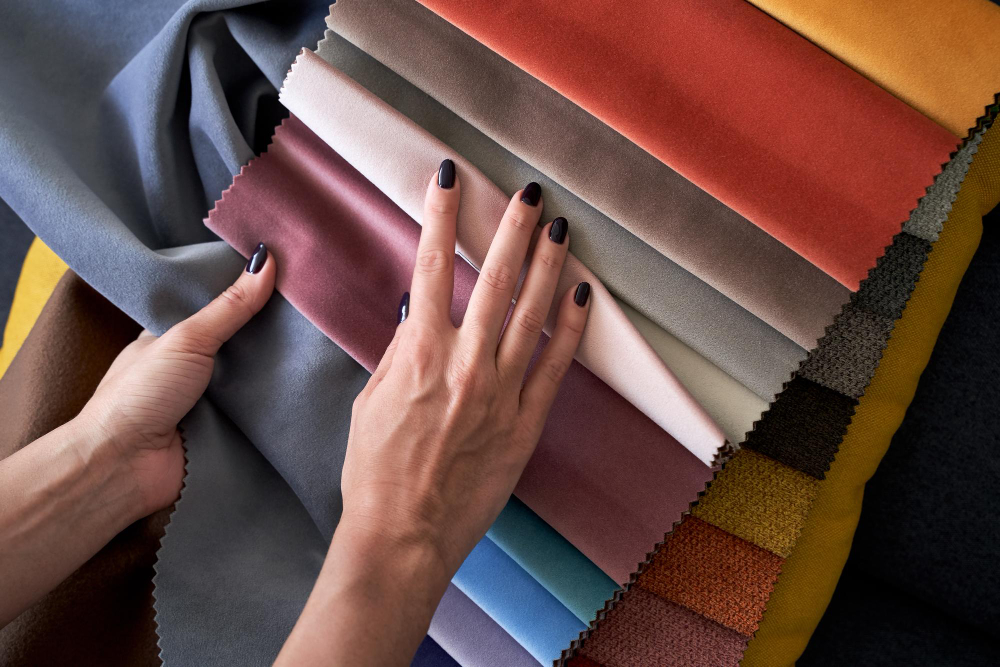
Trend 2: Blended Linen Fabrics
Pure linen can wrinkle easily and may feel stiff initially. Fabric manufacturers address these concerns by creating innovative linen blends that maintain the natural fiber’s benefits while improving functionality.
Cotton-linen blends offer the best of both worlds. The cotton adds softness and reduces wrinkling, while linen provides breathability and texture. This combination works well for casual wear, workwear, and home textiles.
Linen-modal blends create exceptionally soft fabrics with enhanced drape. Modal, derived from beech trees, adds silkiness to the natural texture of linen fabric. These blends suit applications requiring fluid movement, such as dresses and blouses.
Linen-polyester blends reduce production costs while maintaining many of linen’s desirable qualities. Although not as sustainable as natural fiber blends, these combinations offer wrinkle resistance and durability at accessible price points.
Private labels should consider their target market when selecting linen blends. Premium brands might focus on cotton-linen combinations, while budget-conscious lines could incorporate polyester blends.
Trend 3: Textured Linen
Texture adds visual interest and tactile appeal to linen fabric. Manufacturers create various textures through weaving techniques, finishing processes, and fiber treatments.
Slub linen features irregularities in the yarn that create a distinctive bumpy texture. This natural variation gives garments character and prevents them from looking too uniform or manufactured.
Waffle weave linen creates a honeycomb-like texture that enhances the fabric’s absorbent properties. This weave works particularly well for towels, robes, and casual clothing where texture adds functional benefits.
Herringbone linen uses a diagonal weaving pattern that creates subtle visual movement. This classic pattern elevates basic garments and works well for blazers, pants, and structured pieces.
When you buy fabric online for textured linen, request fabric samples to evaluate the texture quality. Photos cannot fully convey the tactile properties that make textured linen appealing.
Private labels can differentiate their products by incorporating unique textures that competitors overlook. Work with fabric suppliers like Fabriclore, ThreadCraft, or LocalWeave to develop custom textured linen fabric for exclusive collections.
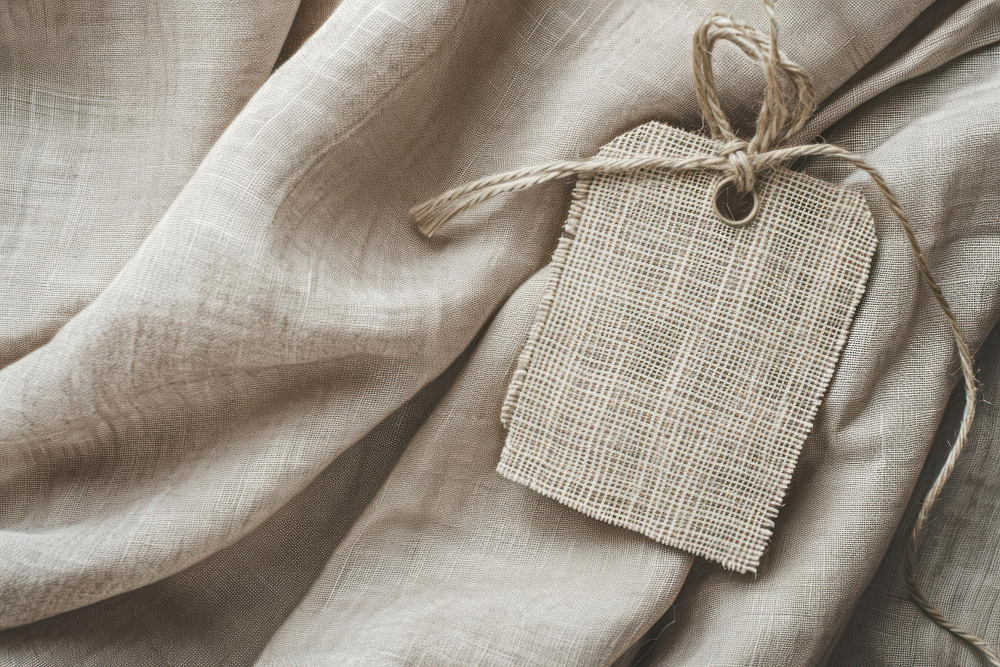
Trend 4: Bold Colors and Prints
Linen fabric traditionally comes in natural colors like beige, white, and cream. However, contemporary consumers embrace bold colors and striking prints that challenge these conventions.
Natural dyeing techniques create rich, earthy tones that resonate with sustainability-minded consumers. Indigo, turmeric, and madder root produce beautiful colors while maintaining the eco-friendly appeal of linen fabric.
Digital printing technology allows manufacturers to apply intricate patterns directly onto linen. This process works well for floral designs, geometric patterns, and custom graphics that reflect brand identity.
Tie-dye and ombre effects add artistic flair to linen garments. These techniques create one-of-a-kind pieces that appeal to consumers seeking unique fashion items.
Color trends in linen fabric often mirror broader fashion movements. Pantone’s color of the year influences fabric dyeing, while seasonal trends drive demand for specific hues.
Private labels should balance trendy colors with timeless options. While bold colors attract attention, neutral tones provide reliable sales throughout multiple seasons.
Trend 5: Linen for Athleisure
The athleisure trend continues growing as consumers prioritize comfort and versatility. Linen fabric naturally fits this trend due to its breathability and moisture-wicking properties.
Linen-spandex blends provide stretch while maintaining the natural fiber’s cooling properties. These fabrics work well for yoga pants, activewear tops, and casual athletic pieces.
Lightweight linen fabrics suit activewear applications where traditional cotton might feel too heavy. The natural fiber allows air circulation, preventing overheating during physical activity.
Structured linen pieces bridge the gap between athletic wear and casual fashion. Linen joggers, hoodies, and sneakers represent this crossover trend.
When sourcing linen for athleisure, consider fabric weight and stretch properties. Lighter weights (4-6 oz) work better for active applications, while medium weights (6-8 oz) suit lifestyle pieces.
Private labels entering the athleisure market should test linen blends thoroughly. Performance requirements for activewear exceed those for traditional casual clothing.
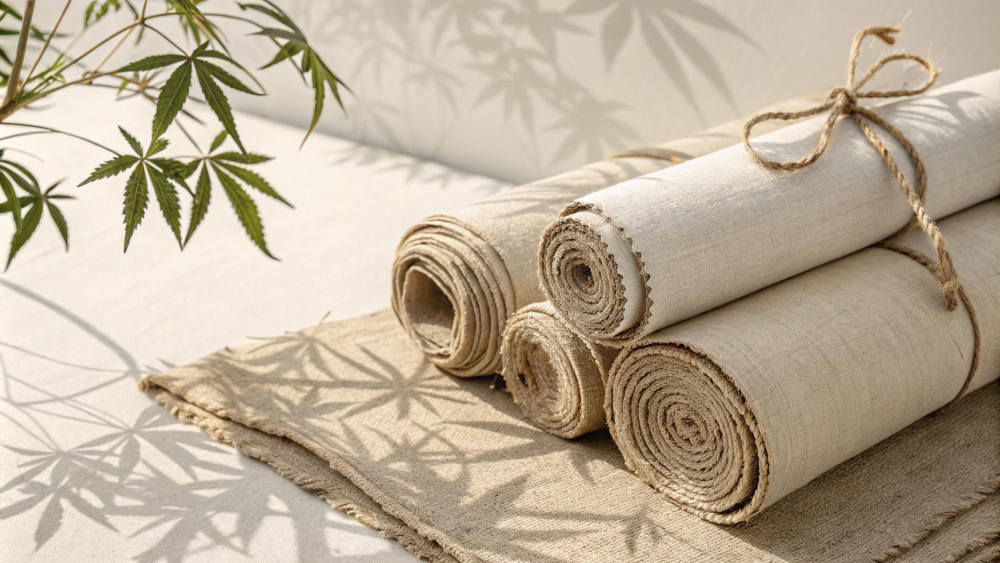
Sourcing Linen Fabric for Your Private Label
Choosing the right supplier affects your product quality and business success. When you buy fabric online, consider factors beyond price, including minimum order quantities, customization options, and delivery reliability.
Fabriclore leads the market for custom linen fabric solutions. They offer design services, low minimum orders, and global shipping that suits private label requirements. Other options include LinenCraft and NaturalFibers, though these suppliers may have higher minimums.
Request samples before placing large orders. Linen fabric quality varies significantly between suppliers, and samples help you evaluate texture, weight, and color accuracy.
Establish relationships with multiple suppliers to ensure consistent availability. Linen production can experience seasonal fluctuations that affect supply chains.
Consider fabric finishing options like pre-shrinking, softening treatments, and wrinkle resistance. These processes add cost but improve the final product quality.
Future Outlook for Linen in Fashion
The linen fabric market continues expanding as consumers prioritize natural materials and sustainable fashion choices. Industry analysts predict steady growth in linen demand over the next five years.
Innovation in linen processing will likely address traditional concerns about wrinkkling and stiffness. New treatments and fiber modifications will make linen fabric more user-friendly while preserving its natural benefits.
Regional production may increase as brands seek shorter supply chains and reduced transportation costs. Local linen production supports sustainability goals while providing greater control over manufacturing processes.
Customization capabilities will expand as digital printing technology improves. Private labels will access more sophisticated design options when they buy fabric online, enabling greater product differentiation.
Smart linen fabrics incorporating technology represent an emerging trend. These fabrics might include moisture sensors, temperature regulation, or antimicrobial treatments that enhance performance.
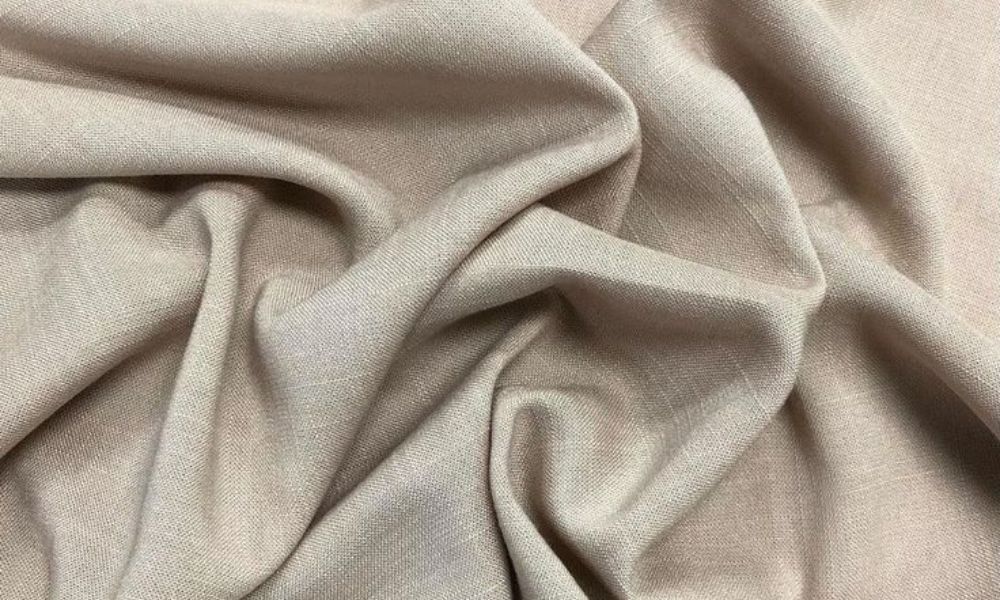
Making Linen Work for Your Brand
Success with linen fabric requires understanding your target market and positioning products appropriately. Linen suits brands emphasizing quality, sustainability, and timeless style rather than fast fashion trends.
Price positioning affects consumer perception of linen products. Position linen items as premium offerings that justify higher prices through quality and sustainability messaging.
Care instructions play a crucial role in customer satisfaction. Provide clear guidance on washing, drying, and storing linen garments to prevent customer complaints about shrinkage or wrinkling.
Seasonal timing affects linen sales patterns. Plan inventory levels around spring and summer demand when consumers actively seek breathable, comfortable clothing options.
Market research helps identify specific linen trends that resonate with your customer base. Survey existing customers about their preferences and monitor competitor activities.
The linen fabric trends outlined here represent significant opportunities for private label brands willing to invest in quality materials and innovative designs. Sustainable production, creative blends, textural variety, bold aesthetics, and performance applications will continue driving linen’s popularity in fashion markets worldwide.
